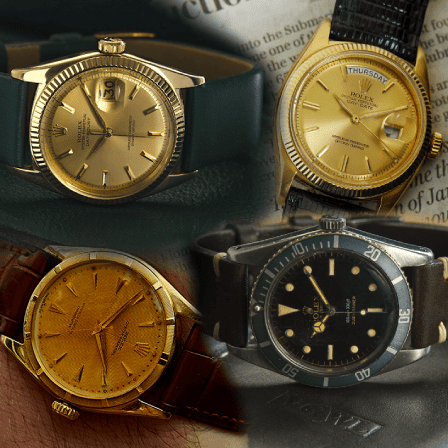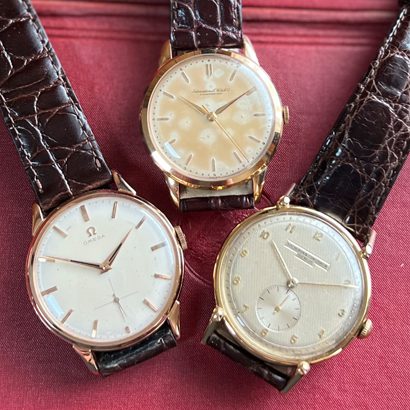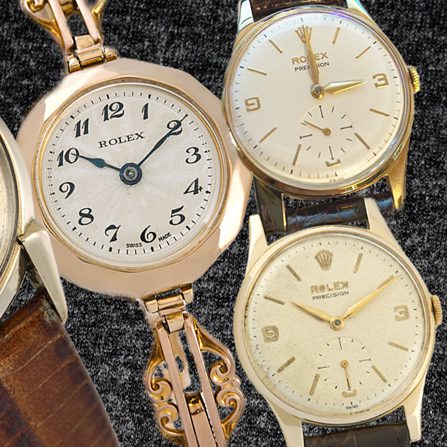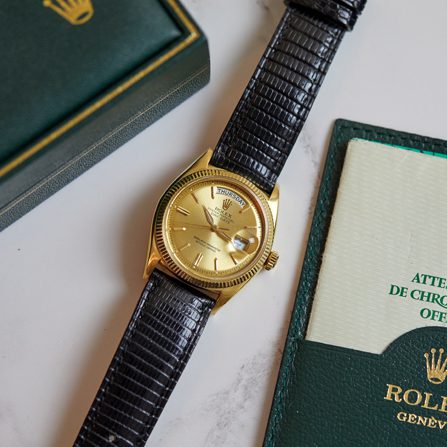
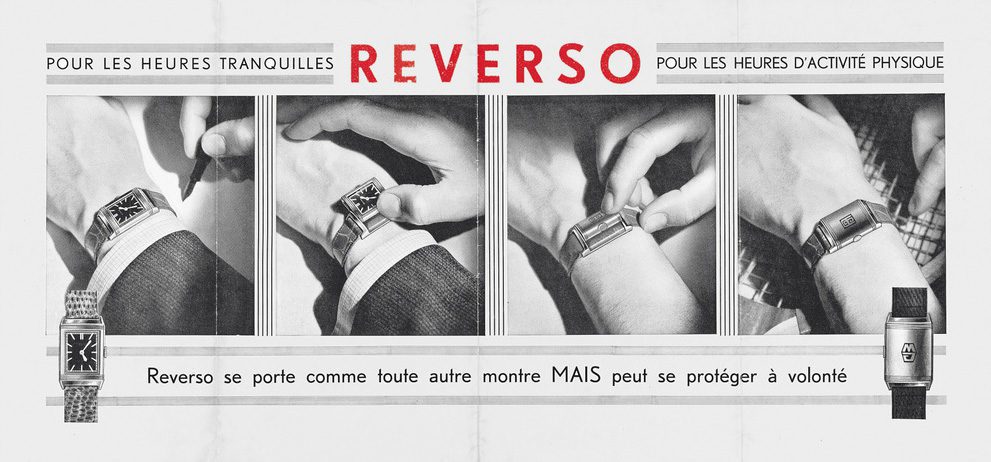
The Inventiveness of Jaeger-LeCoultre
While beginning articles with a definition is a complete cliche within the wristwatch editorial sphere, it’s also very easy. So, what does it mean to be inventive? The Oxford dictionary would describe it as having the ability to ‘create or design new things or to think originally’. Unparalleled ability to create, design and solve problems – all with an original and unique flavour: this is very much a good characterisation of today’s subject – Jaeger-LeCoultre.
A Brief History of the Brand
The story of Jaeger-LeCoultre started in 1833 in the small Swiss village of Le Sentier where 30-year-old Antoine LeCoultre (son of Vallee de Joux watchmaker Jacques LeCoultre) founded a small watchmaking workshop where he spent time developing his skills with a goal to produce the best mechanical movements that the world had ever seen.
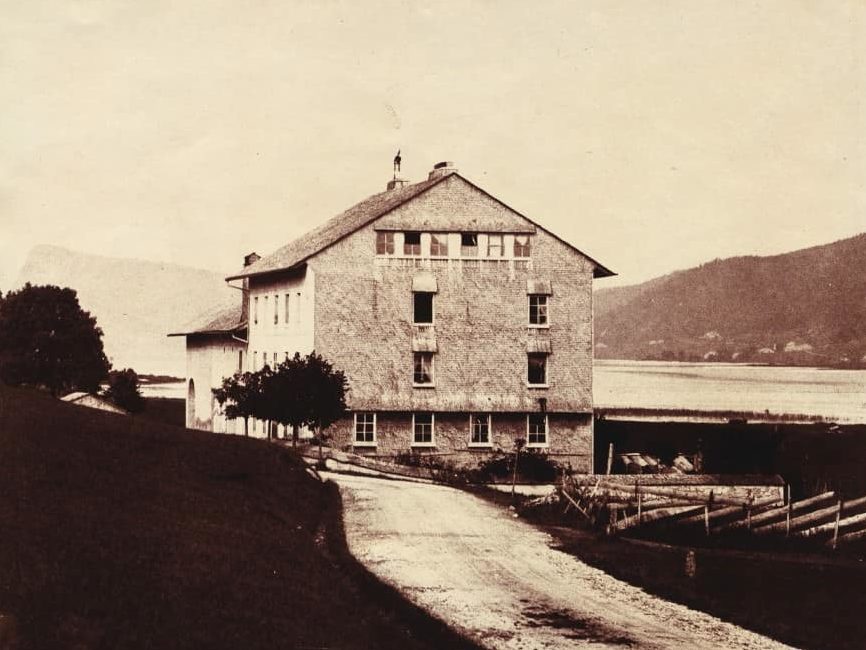
In 1851, Antoine LeCoultre travelled London where he joined the likes of Charles Darwin, Michael Faraday and Lewis Carroll in presenting work at The Great Universal Exhibition: an event founded to display and celebrate innovations from industry and culture across the globe. The event was organised in part by Prince Albert, husband of Queen Victoria. LeCoultre won an award for his work on the first-ever keyless winding mechanism and for the instrument manufacturing processes behind his company’s success. LeCoultre won a further gold medal at the exhibition for his masterfully crafted gold chronometer.
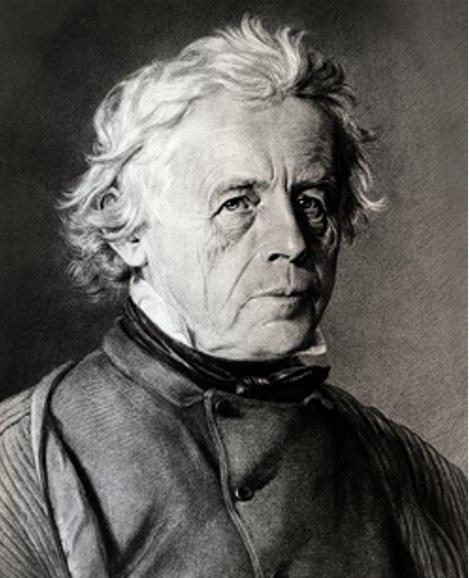
By 1866, LeCoultre’s workshop had grown both in capacity and technological expertise. This was aided by the installation of a contemporary, steam-driven engine that powered tools in the workshop, further advancing the manufacturing process. The company became the first manufacturer in the now infamous Vallée de Joux which quickly brought about the prestigious nickname: ‘Grande Maison of the Vallée de Joux’. Brands that followed to set up locations in this horological mecca include Audemars Piguet, Blancpain, Breguet, Patek Philippe and Vacheron Constantin.
Not long later, Antoine’s son Elie made the decision to join his father in the family business at just 16 years of age. Elie became a trailblazer of watchmaking, creating a multitude of complications and pushing his father’s modest workshop into becoming one of the great Swiss maison d’horlogerie.
By 1870, Antoine and Elie had over 500 in-house watchmakers at LeCoultre who collectively developed a range of reliable, highly accurate movements. By the end of the late 1800s, LeCoultre had a total of 350 calibres including 128 chronographs and a staggering 99 minute repeater calibres. The movements that LeCoultre were able to produce quickly saw the brand accumulate prestigious industry customers. Between 1870 and 1910, LeCoultre produced almost all of the movement blanks, known as ‘ébauches’, for the perceived industry top dog: Patek Philippe – we’ll get back to that later.
Meanwhile, 303 miles away, a young watchmaker by the name of Edmond Jaeger was setting up shop in the prospering city of Paris with a focus and specialisation in developing complications that measured speed. In 1903, Jaeger challenged the well-known Swiss manufacturers of the period to bring an ultra-thin movement of his invention into fruition.
Jacques-David LeCoultre (son of Elie and head of production at the turn of the century) accepted the challenge and went on to build the world’s thinnest pocket watch calibre: the LeCoultre Calibre 145. With a thickness of less than 1.5mm, the resultant pocket watch was about the size of a water biscuit. For more information on the 145, here’s a link to a brilliant article from the big H, written solely on Jaeger-LeCoultre’s work with ultra-thin pocket watch calibres.
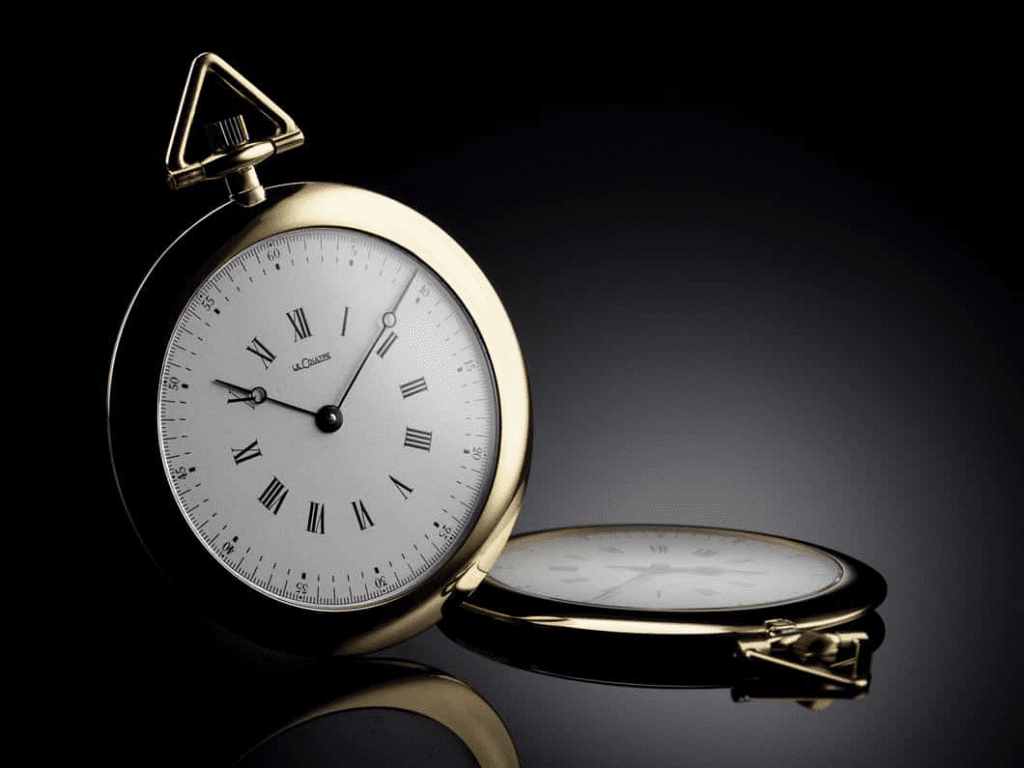
By 1925 the 22-year long relationship shared by Edmund Jaeger, Jacques-David LeCoultre and the businesses that they represented finally birthed the brand that we all know and love today.
As a reader of marketing, one of the first lessons in creating a global brand is to create a company name that’s short, snappy and easy to pronounce. Rolex, Omega, Apple and Tesla – all wonderful choices. However, with little marketing knowledge circulating in the late 1920s (Phillip Kotler was not yet born), the two Frenchmen decided on a traditional merging of their surnames – Jaeger-LeCoultre was born.
Incredibly enough, up to this point, Jaeger-LeCoultre had not sold any watches under its own name. The merger, however, prompted further technical innovations, not the least of which was a watchcase made from stainless steel. Watches branded with ‘Jaeger-LeCoultre’ began circulating from the mid-1930s.
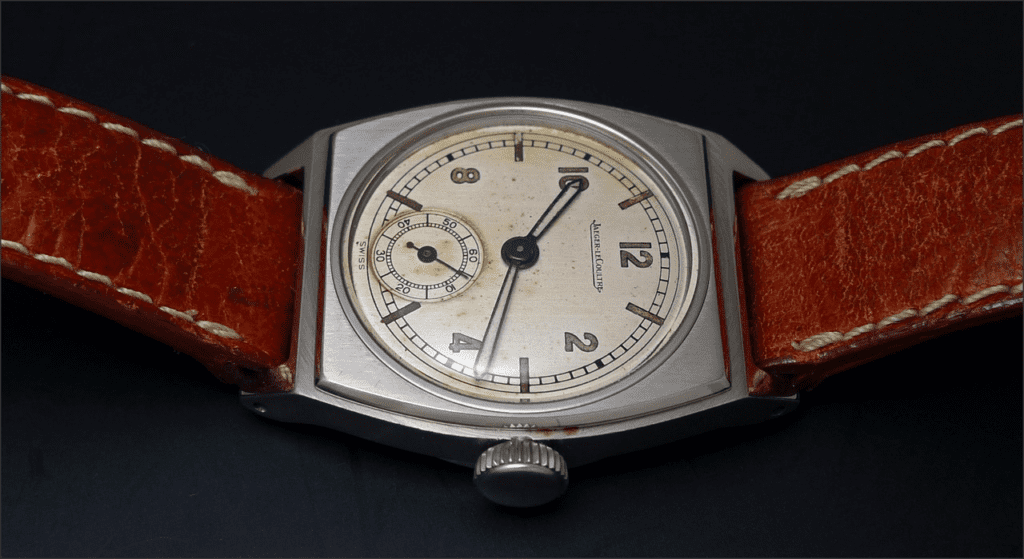
Now that Jaeger-LeCoultre is one of the first brand names to come up in a conversation between enthusiasts its pronunciation is often, quite harmlessly, butchered. The English tend to go all RP with: ‘Yei-guh luh-kowl-tuh’, while our friends across the pond often opt for a more plosive ‘yei-gr luh-kool-tra’. Since both the names Jaeger and LeCoultre are of French origin, they should both be pronounced in accordance with the French language. So, the correct pronunciation of Jaeger-LeCoultre is ‘Jeh-jair Luh-cool-truh’ – with a nice rolled ‘truh’ if you can, or just ‘coolt’ if you can’t. Alternatively, if you can’t be bothered with all this pretentious twaddle, ‘JLC’ is absolutely fine – we all know who you’re talking about.
Jaeger-LeCoultre the Enabling Supplier - Ébauche Movements
The phrase often used to describe Jaeger-LeCoultre amongst the enthusiast community is as ‘the watchmaker’s watchmaker’, but why is this? Whilst the industries are not quite comparable, if you have a smartphone in your pocket that’s been produced within the last decade, it’s fair to assume that the camera module inside of it was produced by Sony Electronics. Whether it’s an iPhone, Samsung or another android device, Sony is able to make the best miniature image sensors in the world. So, why would Apple or Samsung then attempt to create their own image sensors at great expense when cutting-edge components are already available to them for a reasonable cost? The companies can, therefore, go about putting their available investment budget into software development, marketing and other functions. I’ll admit that this comparison is a tad ropey, but one can see the similarities between this 21st-century manufacturing solution and what Jaeger-LeCoultre did for a large number of other watch brands from the late 1800s, all the way up to the modern day.
Again, LeCoultre movements were so highly regarded that until 1910, the company provided Patek Philippe with the majority of their calibres. It was only in later years that Patek Philippe built up the infrastructure that allowed them to design their own base calibres from scratch. By the late 1800s, dozens of companies had also come to rely, sometimes exclusively, on Jaeger-LeCoultre movements from which they would create the finished watches. Other well-known brands that Jaeger-LeCoultre supplied/continue to supply include: Audemars Piguet, Vacheron Constantin, IWC and Chopard. LeCoultre’s success was so great that between 1900 and 1919, 40,000 ébauche movements were produced – that’s around 2,105 movements a year.
The Memovox - The world’s first Smartwatch?
From the beginning, LeCoultre were famed for producing movements with useful complications on a scale far larger than most manufacturers of the period could. Whether the customer brand wanted a triple-date calibre with moonphase, a minute repeater or a 2 or 3 register chronograph, Jaeger-LeCoultre could supply them with one. The complication that’s arguably most synonymous with the Grande Maison of the Vallée de Joux is that of the alarm function featured in the Memovox. Brought to market in the early 1950s, the Memovox (which translates to ‘voice of memory’) was launched as a post-war response to a new productivity-driven consumer base. The first Memovox, equipped with manually-wound Calibre 489, featured two symmetrical crowns at 2 and 4 o’clock – setting both the regular time and the inner rotating alarm indicator.
Aside from the chronograph, the alarm function was one of the first complications that could be interacted with and used on a daily basis. Original examples of the Memovox with full functionality can still be found today for around £5,000.
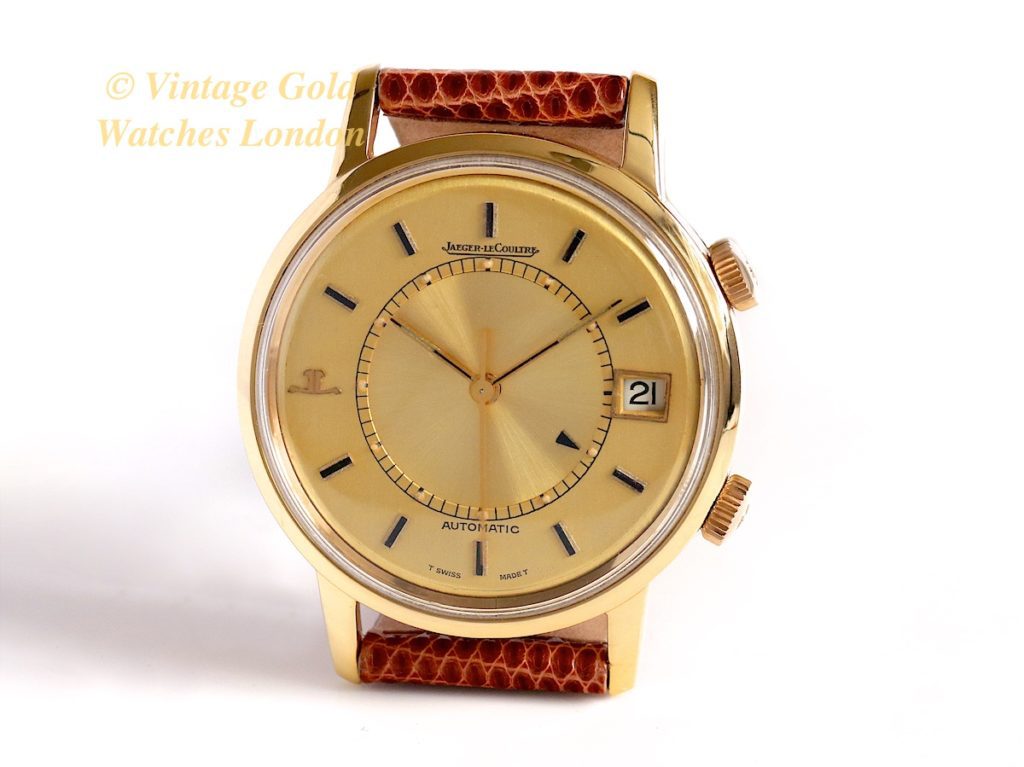
Unlike most retrospective design icons within the watch industry, the Memovox was virtually an instant hit amongst consumers. The modern combination of practicality, function and elegant design proved to be a formula that won over the hearts and wrist-space of many 1950s business professionals.
The Memovox was also one of the very first watches to become widely associated with a celebrity. In 1953 the Cantonal Police of the Vallée de Joux chose the Memovox as a welcome gift for comic Charlie Chaplin who had moved to the area following his run-in with the FBI in America.
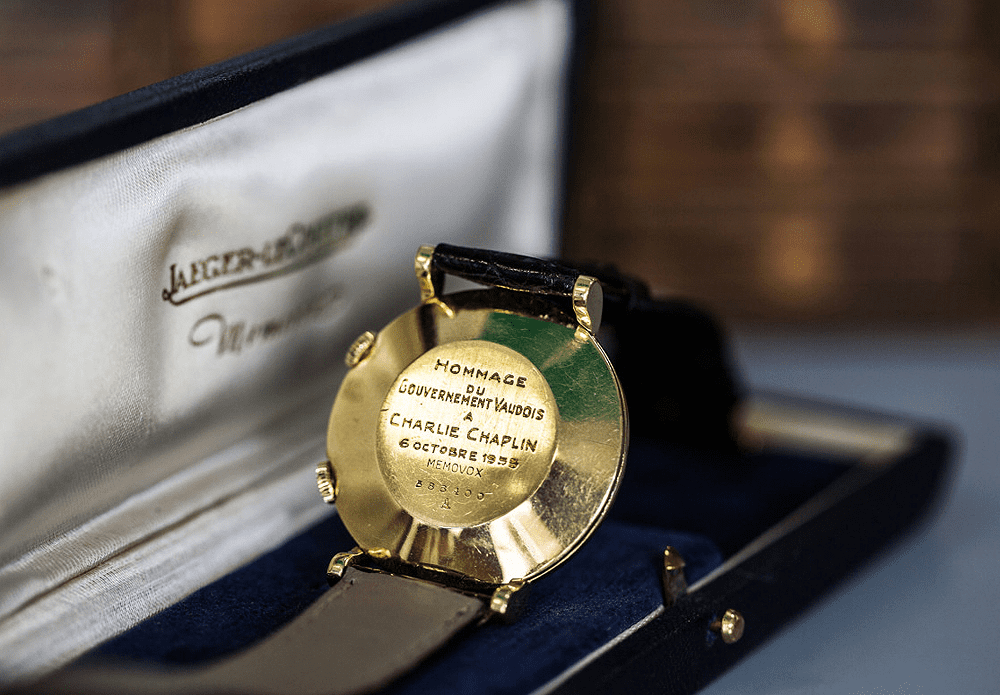
The Memovox was refreshed in 1956 with the automatic Calibre 815. This automatic upgrade meant that the Memovox was the very first self-winding alarm wristwatch. No longer requiring manual winding, the model became more appealing to active individuals and began to appear on the wrists of those who favoured outdoor excursions to office introversion. JLC quickly latched on to this public image and started running advertisements with the tagline: “Memovox, for the man of action”.
Expanding on the active lifestyle theme, Jaeger-LeCoultre reimagined the Blancpain formula that had been adhered to by almost every dive watch since the Fifty Fathoms’ release in 1953 with the launch of the first diving variant of the Memovox in 1959: the Memovox Deep Sea Alarm. The watch used the vibration caused by the mechanics behind audible alarm to alert divers as to when it was time to resurface. The Memovox DNA continues to play a major role in Jaeger-LeCoultre’s line-up, most visible in the 2020 Polaris Mariner Memovox.
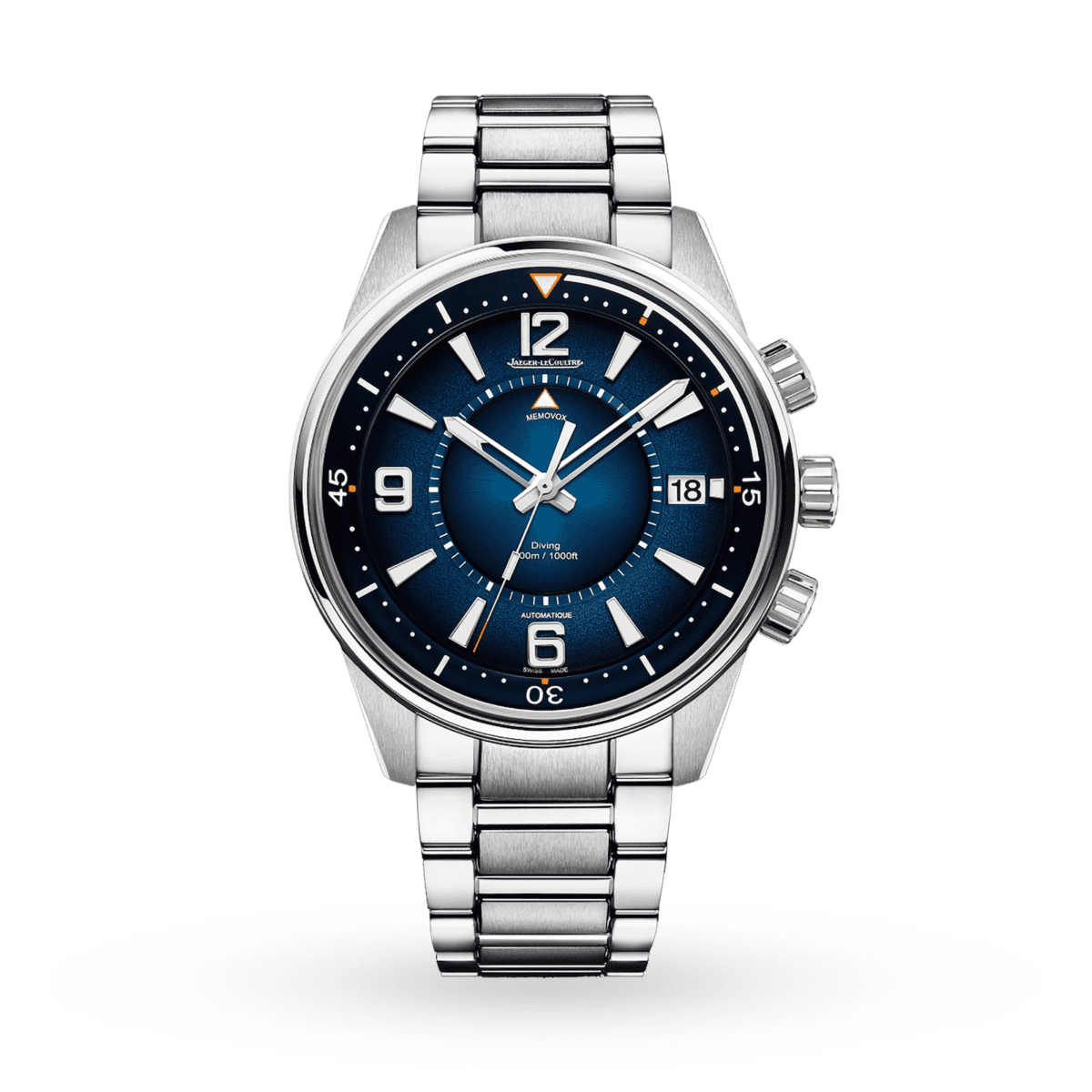
The Reverso - A Design Classic Forged by Function
Design classics are often birthed from fairly niche situations. Take the iconic scissor doors from the Lamborghini Countach: Marcello Gandini, one of the car’s chief designers, implemented the theatrical, vertically-opening doors as a solution to his concern regarding the car’s poor rear visibility. In theory, when reversing the car, the driver would be able to lift the door and lean his upper body out of the hatch in order to see behind the car when backing into a garage or a parking spot. The idea was that the open door didn’t add to the car’s already vast width, allowing it to reverse into normal spaces without the need for an accomplice to shout ‘keep going, keep going…stop, stop stop!’.
The now-iconic Reverso had a similarly niche conception. Picture the scene: the year is 1931 and you’re a British Officer in colonial India. You must develop a strong reputation for staying on schedule and you need a wrist-mounted companion to help with this. You enjoy a good round of polo every now and then, however, every wristwatch you wear ends up getting a cracked crystal as a result of the ferocious mallet swinging that very much characterises polo as a sport. Once this issue became apparent, Jaeger and LeCoultre (still as collaborative separate companies) took on the challenge to create a wristwatch capable of enduring the rigours of this horse-based gentleman’s sport. The brands went on to produce a wristwatch with a reversible inner case featuring an ingenious design whereby the watch face, covered by the brittle crystal, could be rotated and seated face-down in the watch case, protected by a smooth steel back. The introduction of the Reverso was only possible due to LeCoultre’s unparalleled expertise in creating movements to fit any conceivable case requirement.
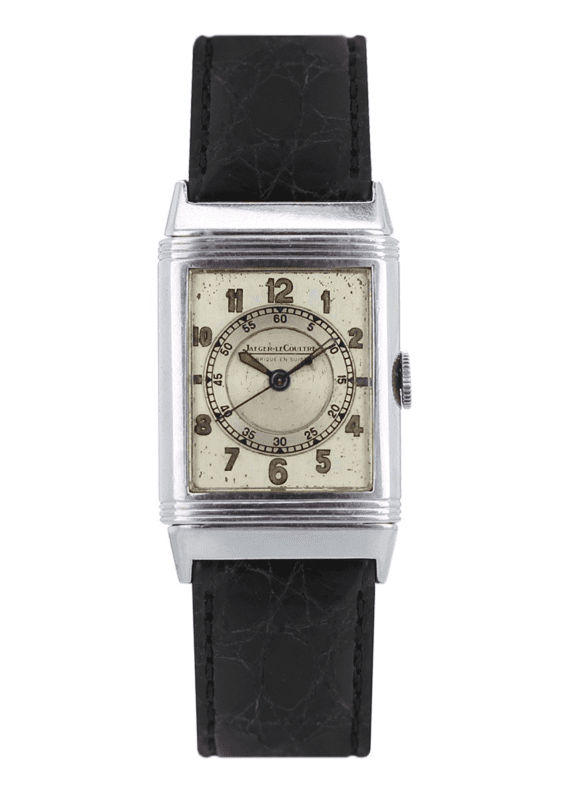
The Reverso has gone on to become Jaeger-LeCoultre’s most popular model with the line now including a range of complicated models as well as ‘Duoface’ models that utilise the rotating inner case to offer the user a choice of two dial options: often a sporty, art-deco lighter dial and a more formal, darker evening option. Furthermore, due to Jaeger-LeCoultre’s inherent movement design expertise, the modern Reverso Duoface is just 10mm thin.
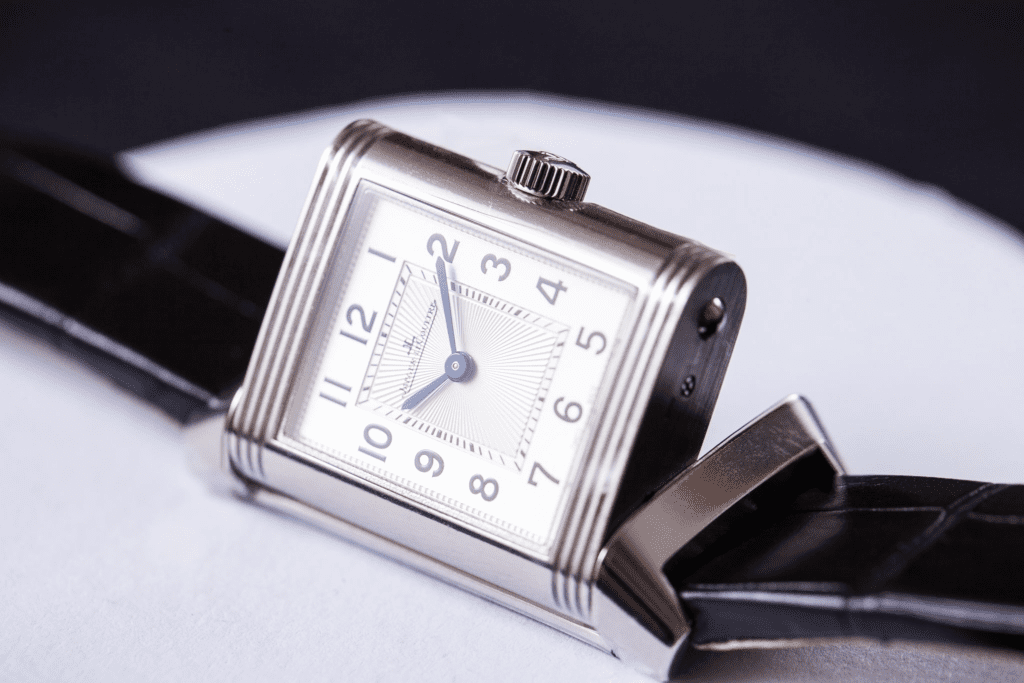
To Close
So, Jaeger-LeCoultre: world-leading movement design and manufacture, iconic product lines and epically-significant brand history. For the enthusiast, Jaeger-LeCoultre is one of the greatest pleasures within watch collecting. The story of a founder: an innovator in precision-measurement and manufacturing, and the company that’s continued to uphold this legacy of invention right up to the present day is truly charming. Finally, It’s worth noting that Jaeger-LeCoultre is one of the few companies in Switzerland that still produce their own movements, cases, dials, hands, and bracelets. virtually every single component in a Jaeger-LeCoultre watch is hand-finished and produced in-house.
If you are contemplating the purchase of a Jaeger-LeCoultre wristwatch, you’ve made an excellent choice. It’s a highly prestigious and respected brand with a long and wonderful history, as well as a proven track record.
Do you think Jaeger-LeCoultre are underrated within contemporary watch culture? Share your thoughts in the comments section below.

OTHER BLOGS

